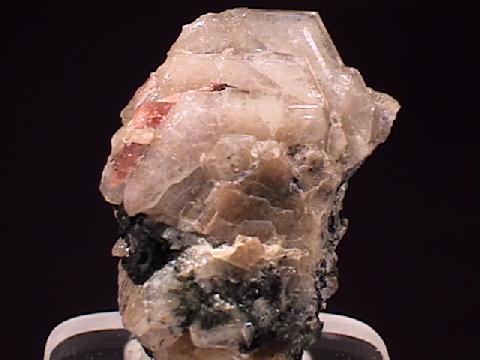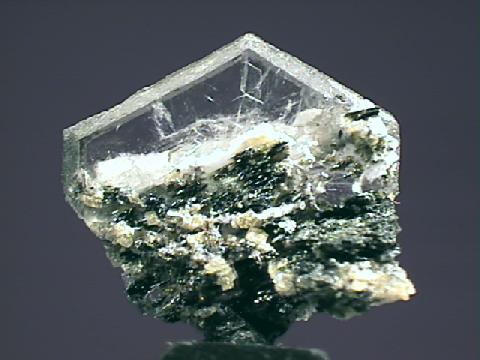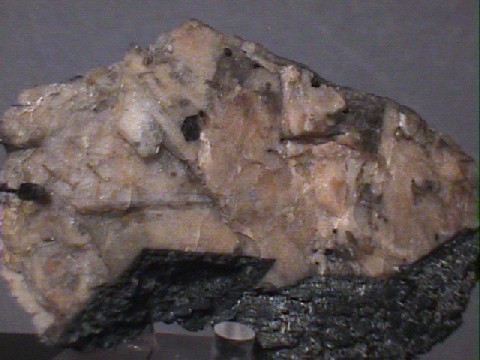 THE MINERAL CATAPLEIITE
THE MINERAL CATAPLEIITE
- Chemistry: Na2ZrSi3O9 - 2H2O; Hydrated Sodium Zirconium Silicate.
- Class: Silicates
- Subclass: Cyclosilicates
- Uses: Only as a mineral specimen.
Specimens
There exists agpaite in several places around the world, but by far the most famous are the ones at the Kola Peninsula in Russia, Narsarsuk, Greenland and the one above all the rest, the mines of Mount Saint Hilaire, Quebec, Canada. Catapleiite is just one of the rare minerals that can form in these silica starved, unique chemical environments. Other minerals coming from these unique localities include leifite, synchysite, serandite, elpidite, aegirine, arfvedsonite, eudialyte and analcime to name a few.
Catapleiite is dimorphous with the mineral
Catapleiite although quite rare, forms at several localities around the world. But it is the magnificent specimens of rosette clusters found only at Mount Saint Hilaire that demonstrate the mineral's true beauty. Its rarity, beauty, unusual chemistry, classic locality and cool name make catapleiite a great addition to a mineral collection.
PHYSICAL CHARACTERISTICS:
- Color is blue, gray, pale yellow, yellowish-brown, reddish or colorless.
- Luster is vitreous.
- Transparency: Crystals are transparent to translucent.
- Crystal System is monoclinic; 2/m.
- Crystal Habits include pseudohexagonal plates or lamellar masses. Splendid rosettes are also known. Twinning is common.
- Cleavage is perfect in one direction.
- Hardness is 5 - 6.
- Specific Gravity is 2.8
- Streak is white.
- Associated Minerals include feldspars, feldspathoids and Sphene among many rare species.
- Notable Occurrences include Magnet Cove, Arkansas, USA; Madagascar; Laven, Langesundfjord, Norway and Mount Saint Hilaire, Quebec.
- Best Field Indicators are crystal habit, locality and color.














